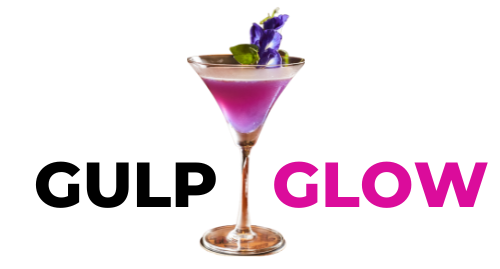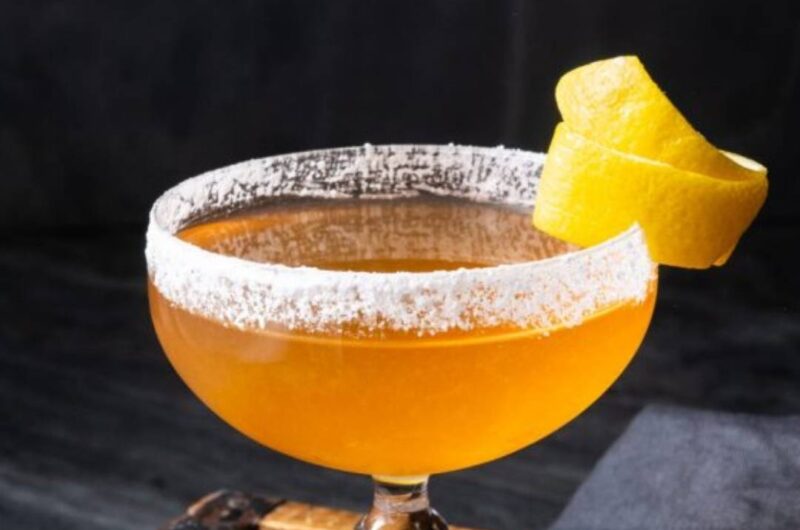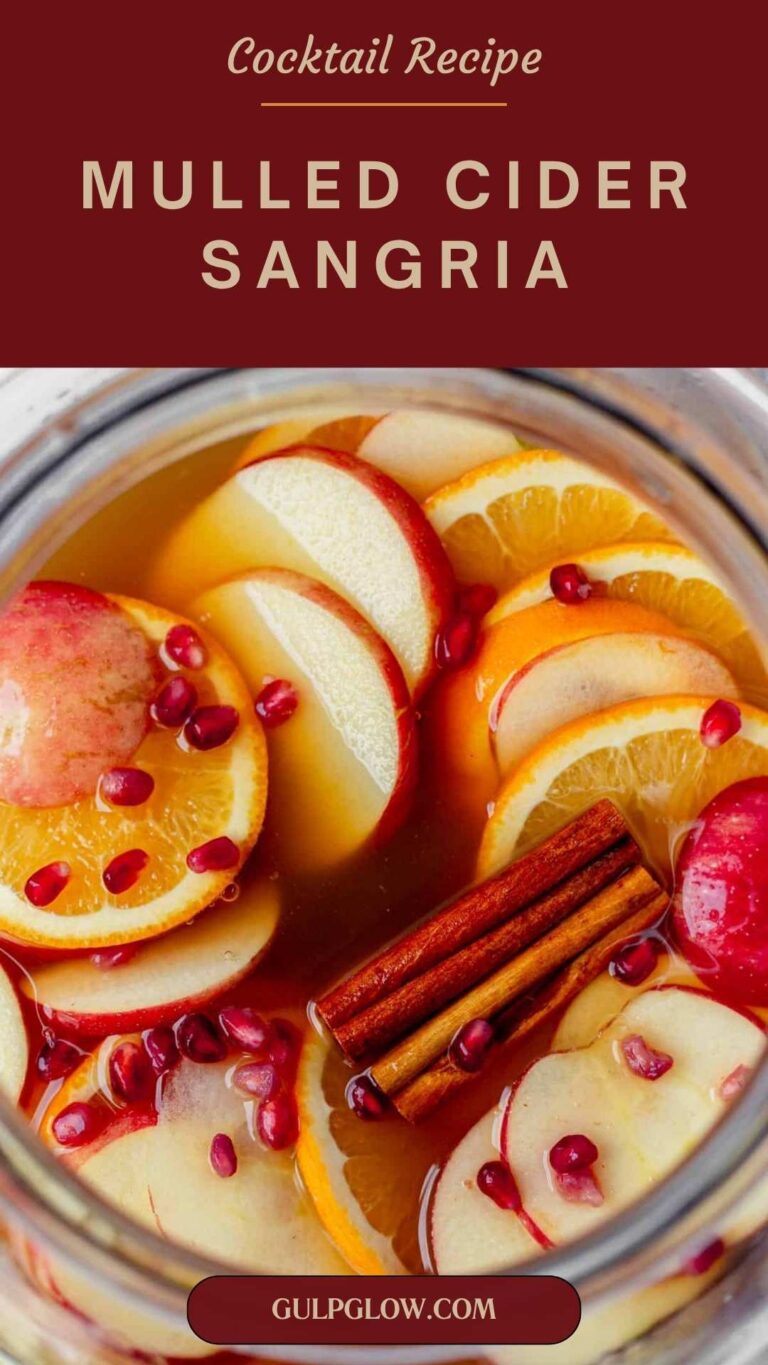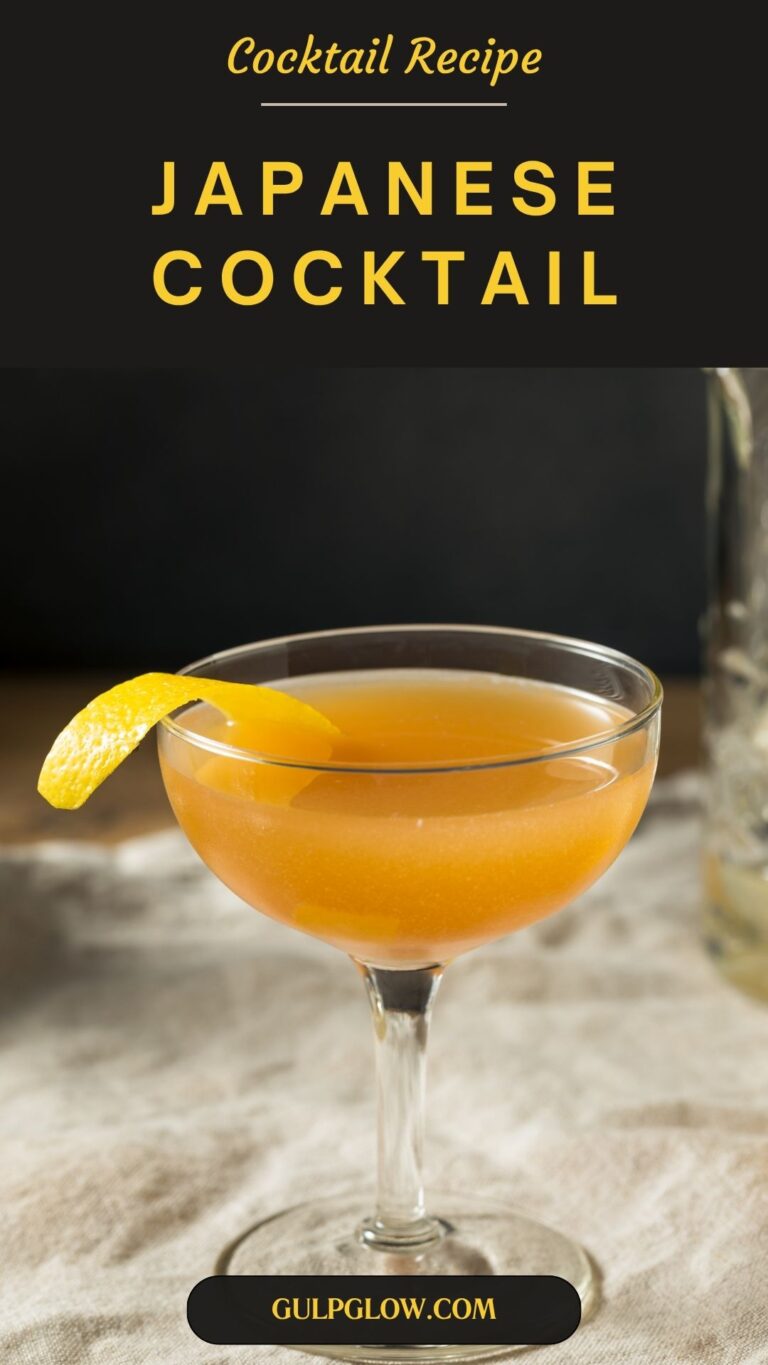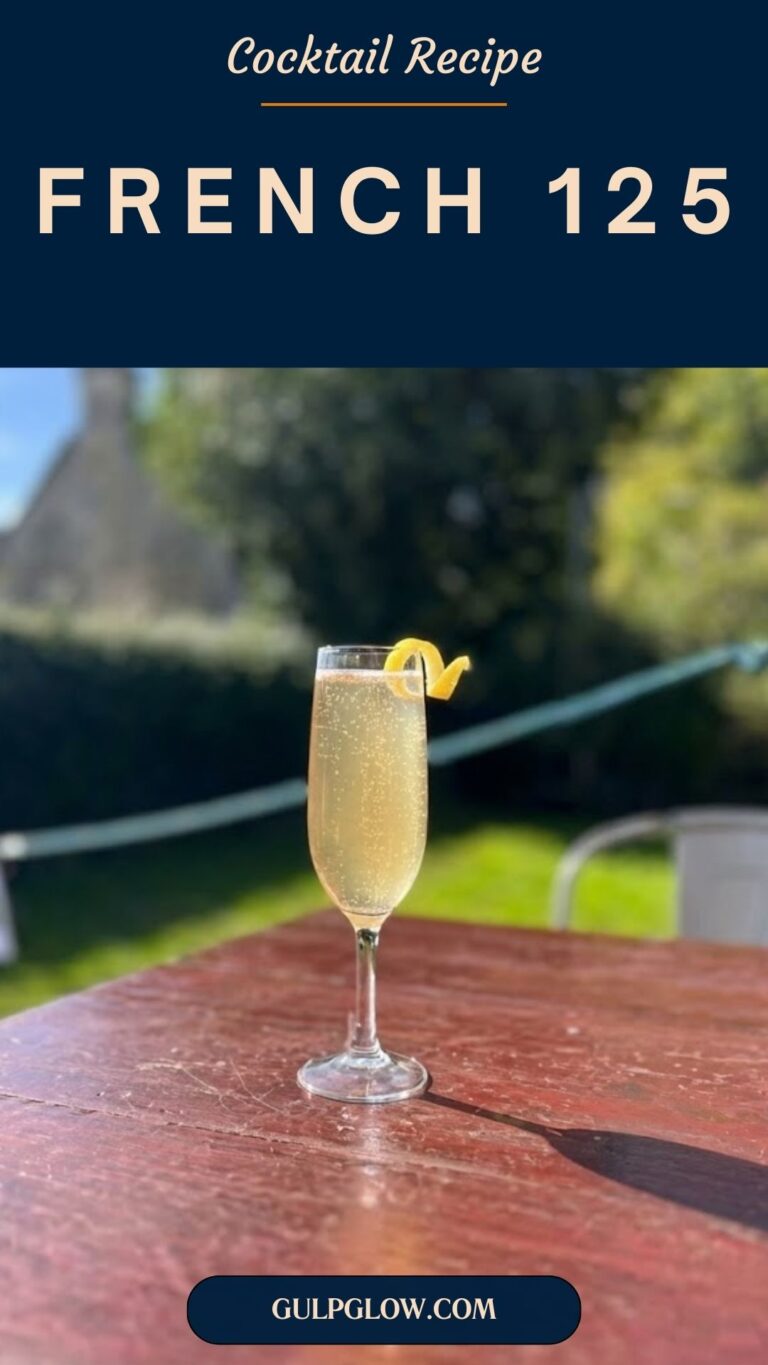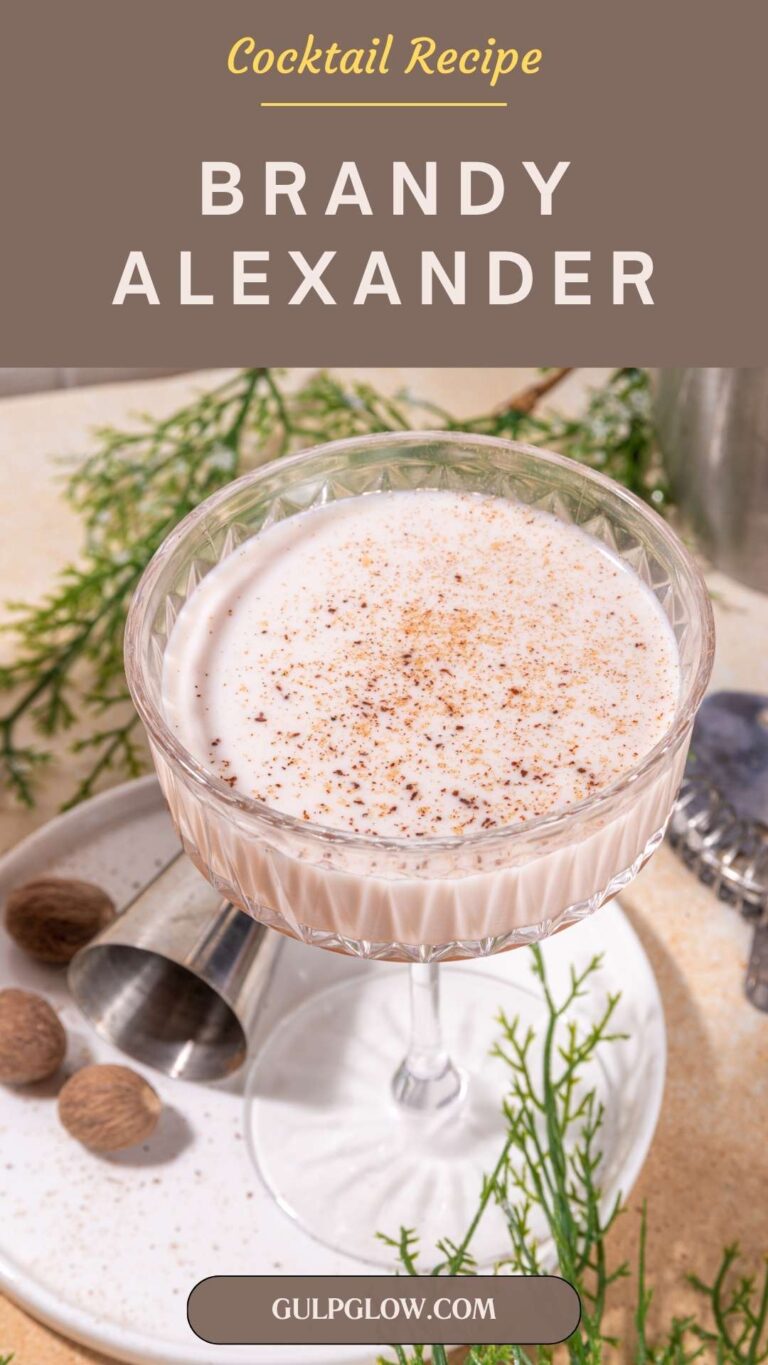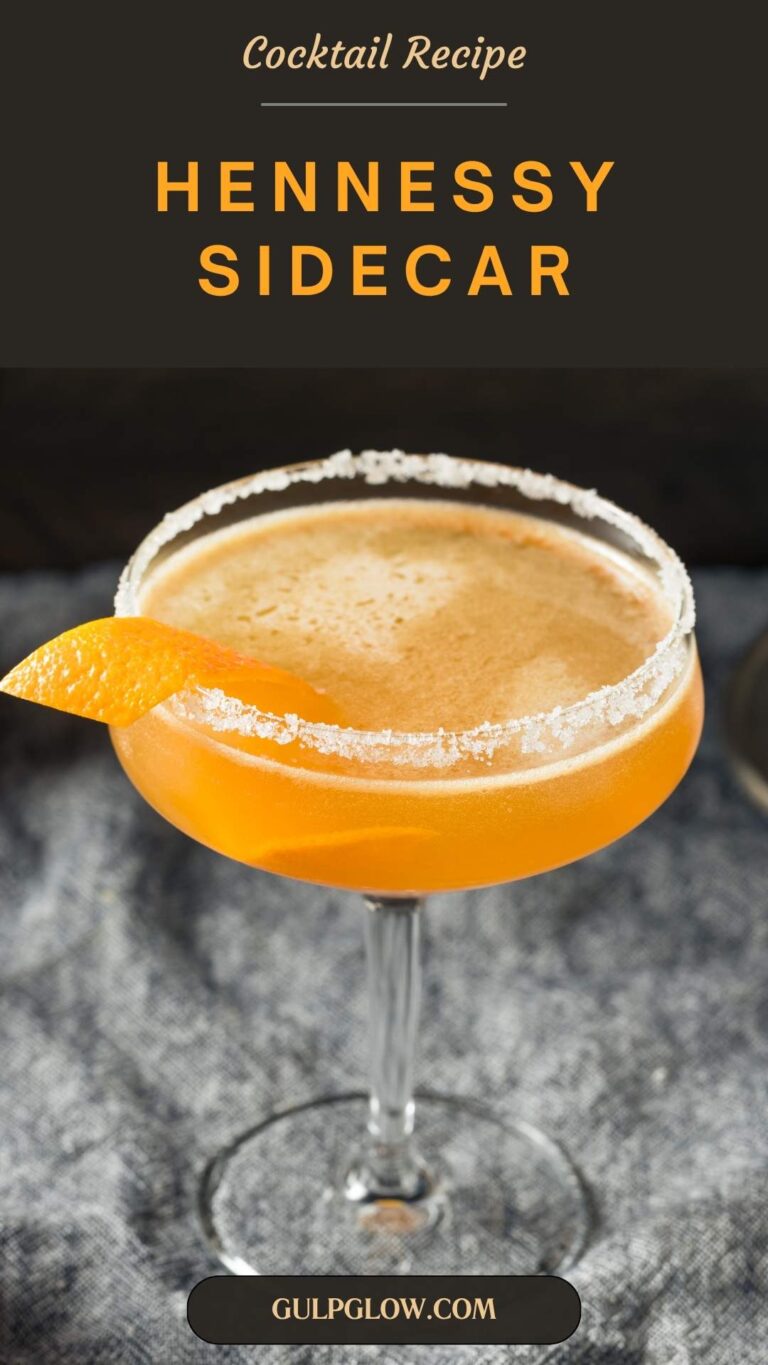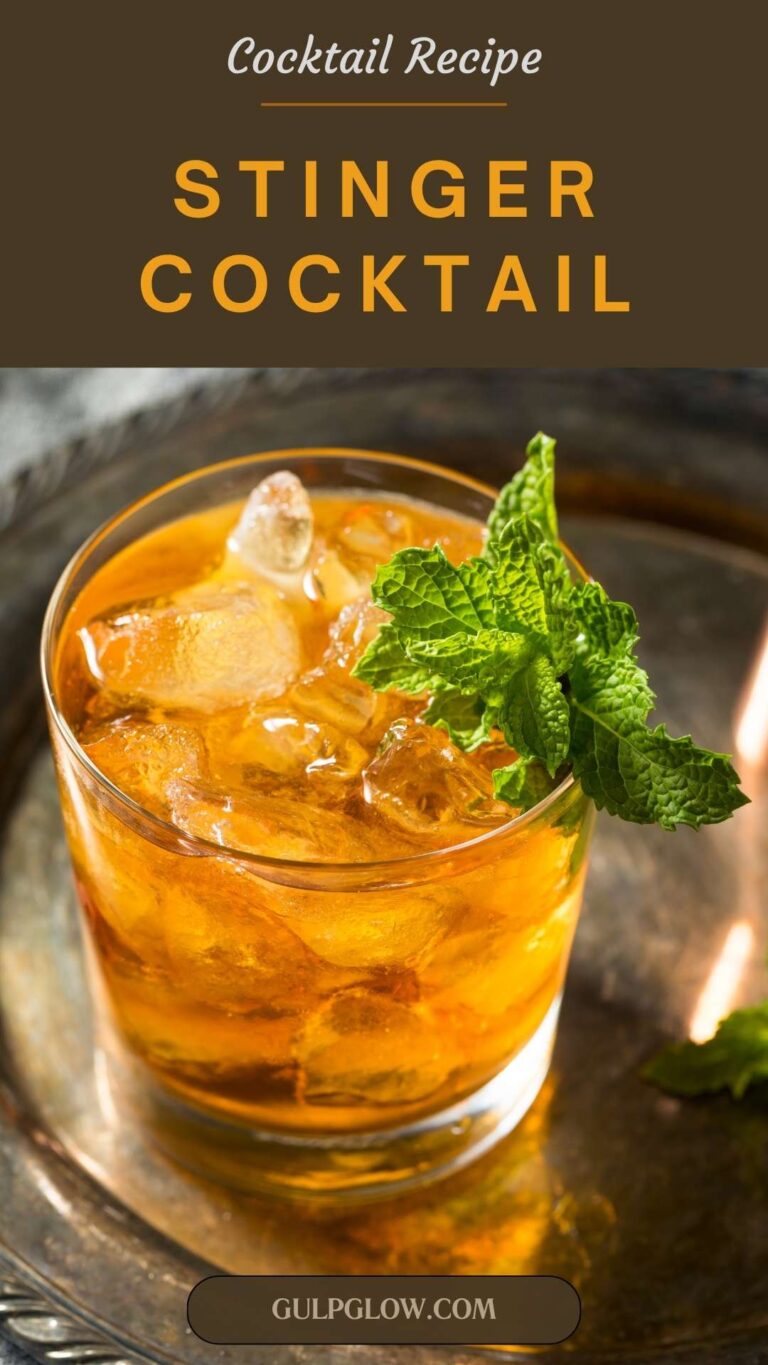Brandy Crusta: A Sugared-Rim Classic with Citrus Flair and Old-World Charm
The Brandy Crusta is a cocktail with history in every drop—a drink that predates the Civil War and paved the way for modern sours like the Sidecar and Margarita. With its signature sugared rim, deep brandy base, and bright citrus notes, the Crusta is both elegant and theatrical, a throwback to an era of waistcoats, watch chains, and finely stirred drinks in candlelit saloons.
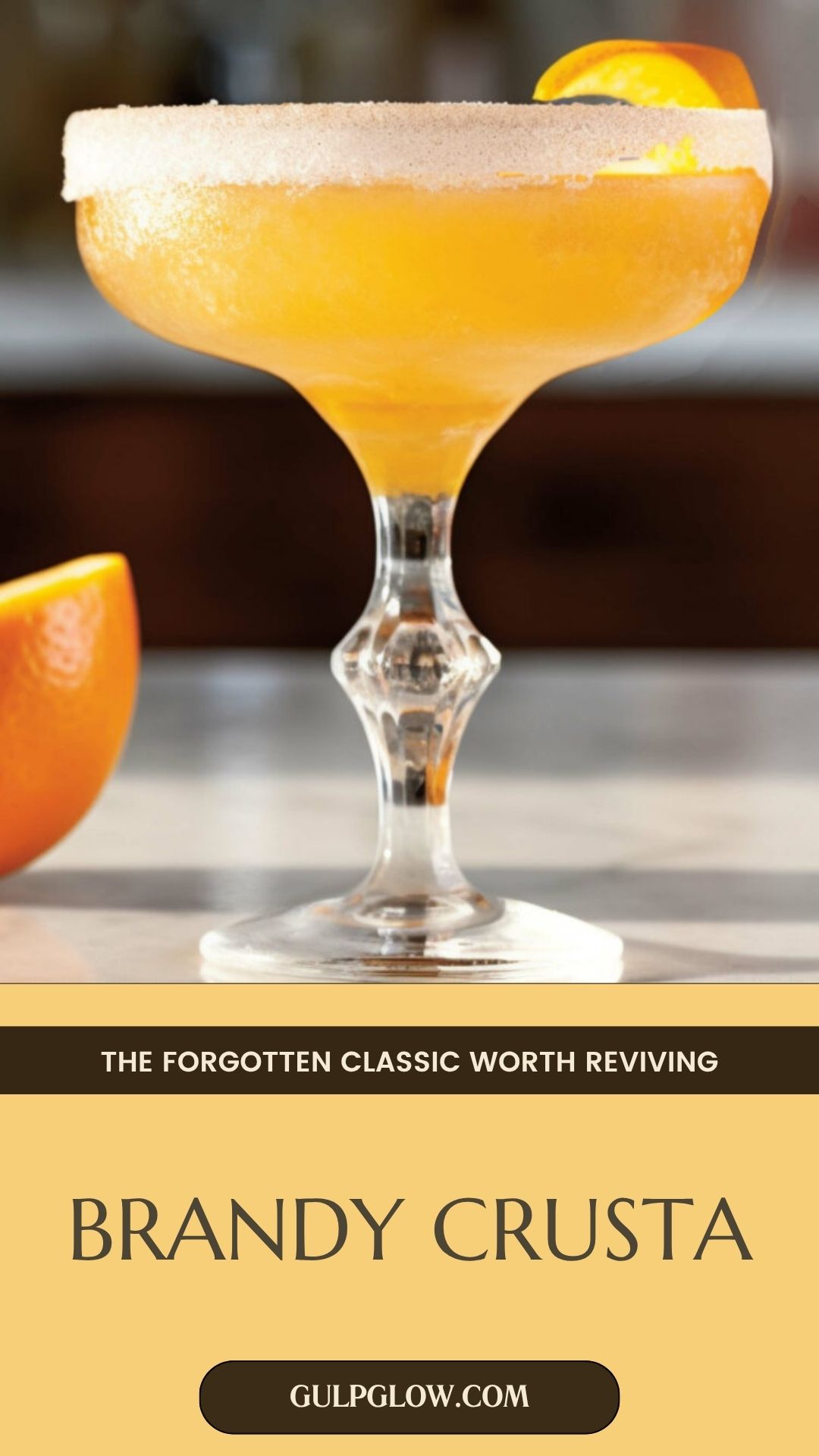
Invented in New Orleans in the 1850s by Italian bartender Joseph Santini, the Brandy Crusta is often considered a bridge between the punch-style drinks of the early 19th century and the more streamlined cocktails that would follow. It features brandy, lemon juice, orange liqueur, sugar, and bitters, typically served in a stemmed glass with a dramatic full sugar rim and a long lemon peel spiral draped inside the glass.
I first made a Brandy Crusta on a whim after stumbling across it in an old Jerry Thomas recipe book. One taste—and one look at that showy sugar-crusted rim—and I was hooked. This cocktail feels timeless but show-stopping, a drink that could just as easily be served at a Victorian salon as it could at your next cocktail party.
Quick Facts: Brandy Crusta Cocktail
Method: shaken
Flavor profile: bright, citrusy, aromatic
How to serve it: up (in a sugar-rimmed stemmed glass)
Glassware: small wine glass or coupe
Alcohol content: ~22–25% ABV, ~19–21 grams of alcohol per serving
Ingredients
- 2 oz brandy (preferably Cognac or aged brandy)
- ½ oz orange liqueur (Cointreau or Grand Marnier)
- ½ oz fresh lemon juice
- ¼ oz simple syrup (optional, depending on sweetness preference)
- 2 dashes Angostura bitters
- Sugar (for rimming the glass)
- Garnish: long lemon peel spiral (cut in one piece)
- Ice (for shaking)
Ingredient Notes:
Brandy:
Aged brandy or Cognac works beautifully here. Look for something with rich notes of dried fruit, oak, and vanilla. Try:
- Hennessy V.S or V.S.O.P
- Pierre Ferrand 1840
- E&J XO or Christian Brothers VSOP (for more affordable options)
Orange Liqueur:
This balances out the lemon and adds a subtle orange depth. Use:
- Cointreau (dry and clean)
- Grand Marnier (richer, with its Cognac base)
- Dry Curaçao (if you’re going for a historical style)
Lemon Juice:
Fresh is non-negotiable here. The acidity balances the brandy and gives the drink its signature zip.
Sugar for the rim:
Use fine white sugar, and make sure the rim is completely coated for that signature “crusta” look.
Equipment Needed
- Cocktail shaker
- Jigger
- Hawthorne strainer
- Citrus peeler or channel knife
- Small wine glass or coupe
- Fine sugar for the rim
- Small plate (for sugaring the glass)
- Ice (for shaking)
This cocktail is all about presentation and balance—a little extra effort pays off dramatically.
Step-by-Step Instructions
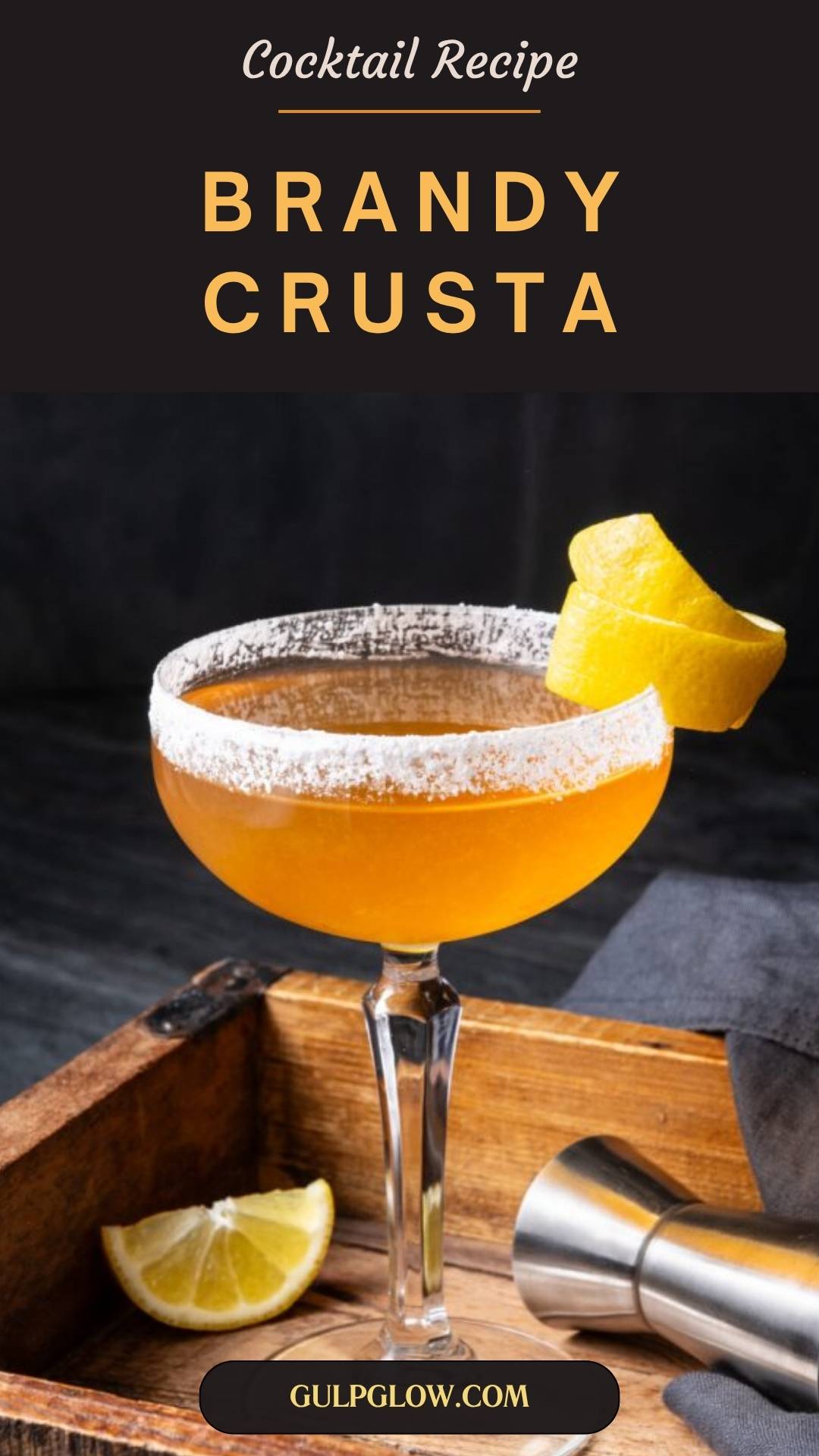
1. Prepare the glass.
Use a small wine glass or coupe. Moisten the entire outside rim with a lemon wedge. Roll the rim in fine sugar, coating it fully, all the way around. Place the glass in the freezer or fridge to chill and set the sugar.
2. Create the lemon peel spiral.
Use a channel knife or paring knife to carefully cut a long, continuous peel from a lemon. You want a spiral that can line the inside of the glass dramatically. Carefully insert the peel into the glass, pressing it to the inner surface so it coils inside the bowl.
3. Shake the cocktail.
In a shaker filled with ice, combine:
- 2 oz brandy
- ½ oz orange liqueur
- ½ oz lemon juice
- ¼ oz simple syrup (optional)
- 2 dashes Angostura bitters
Shake vigorously for 10–12 seconds until well chilled.
4. Strain and serve.
Double strain the mixture into your prepared sugar-rimmed glass. The lemon peel spiral should remain in place, adding aroma and visual drama.
Serve immediately and prepare to impress.
Flavor Profile and Tasting Notes
The Brandy Crusta is bright, layered, and slightly sweet, with aromatic spice and citrus unfolding over a smooth, oak-aged base.
Tasting notes include:
- Zesty lemon and orange upfront
- Deep caramel and fig from the brandy
- Warm spice from bitters
- A slightly sweet finish from the sugared rim
- Subtle bitterness from the orange liqueur and lemon oil
It’s a cocktail that stimulates the palate, making it ideal before a meal—or as a showpiece sipper during a formal evening.
Pairs well with:
- Duck à l’orange or citrus-glazed chicken
- Aged cheeses (especially gouda or comté)
- Almond biscotti or lemon shortbread
- Caramel custard or crème brûlée
- Spiced nuts or dried apricot
Garnishing and Presentation
Presentation is everything with the Crusta—this is cocktail theatre at its finest.
Glassware:
- Small wine glass is most traditional
- Coupe glass works well for a modern take
- Choose a glass with a wide bowl to showcase the peel and rim
Garnish:
- A long lemon peel spiral lining the inside of the glass
- A fully sugared rim (no half-measures here)
- Optional: a small dried citrus slice or brandied cherry floated inside for flair
Tips for success:
- Be gentle with the peel—make it thin and flexible
- Chill the glass after rimming so the sugar sets
- Don’t over-sweeten the drink itself; the sugar rim adds plenty
Pairing Suggestions
The citrus and brandy base make this cocktail excellent with both sweet and savory dishes, particularly those that echo its zesty richness.
Savory pairings:
- Herb-crusted lamb with lemon sauce
- Duck confit with orange glaze
- Seared scallops with citrus beurre blanc
- Cheese boards with fig preserves or citrus jams
Sweet pairings:
- Lemon meringue tart
- Candied citrus peel
- Orange-almond cake
- Classic crème brûlée
- Honey and pistachio baklava
It also holds up beautifully as a standalone digestif—especially when served with flair.
Cocktail History and Trivia
The Brandy Crusta was invented around 1852 at the Jewel of the South, a New Orleans bar owned by Joseph Santini. It was later immortalized in Jerry Thomas’s 1862 Bartender’s Guide, making it one of the oldest cocktails still made today.
The Crusta was notable for introducing several now-familiar ideas:
- It was one of the first to use citrus juice
- It introduced the idea of a decorative, fully sugared rim
- Its balance of spirit, citrus, sweetener, and bitters directly influenced the development of the Sidecar, Margarita, and Daiquiri
Over the decades, it faded from menus—seen as fussy or outdated—but modern craft bartenders have brought it back as a showstopper that combines theatrical flair with historical depth.
Serving Suggestions
Serve the Brandy Crusta:
- At elegant dinner parties as an aperitif or talking piece
- On special occasions, with dramatic glassware and good lighting
- At vintage cocktail nights, alongside other 19th-century classics
- During holidays, especially around Thanksgiving or New Year’s
- At upscale bars, where guests want something both beautiful and historic
Batching tip:
Pre-mix the base (brandy, liqueur, lemon, syrup, bitters) and store in a bottle. Shake individual servings fresh and garnish just before serving for full effect.
Alcohol Content and Alternatives
The Brandy Crusta is moderately strong, around 22–25% ABV, depending on your pour and dilution.
To lower the strength:
- Reduce brandy to 1½ oz
- Add a bit more lemon juice or ice for extra dilution
- Serve over a large ice cube for slower sipping
Mocktail version:
- 1 oz fresh lemon juice
- 1 oz white grape juice or black tea
- ½ oz orange blossom honey syrup
- Dash of orange bitters (non-alcoholic if preferred)
Shake and serve in a sugar-rimmed glass with a lemon peel.
Variations:
- Rum Crusta – use aged rum instead of brandy
- Mezcal Crusta – adds smoky depth
- Bourbon Crusta – a modern Southern twist
- Sidecar – essentially a simplified Crusta without the rim and peel
Frequently Asked Questions (FAQ)
Is the sugar rim really necessary?
Yes—it’s a defining feature. It adds texture, sweetness, and visual appeal. Skipping it means you’re basically making a Sidecar.
Why the long lemon peel?
It’s part of the tradition and adds a citrus aroma and dramatic visual element. It also imparts lemon oil as the drink is sipped.
Can I serve it on the rocks?
Traditionally no, but if you prefer, you can serve it over a large cube in a rocks glass—just skip the sugar rim.
What’s the difference between this and a Sidecar?
The Crusta predates the Sidecar by decades. It’s more ornate (thanks to the sugar rim and peel) and uses bitters and often more citrus, while the Sidecar is simpler and often a touch drier.
How sweet is it?
Surprisingly balanced. The drink itself is tart and spirit-forward—the sugar rim adds the sweetness, so you can adjust by how much you sip through it.
Brandy Crusta Cocktail Recipe
Ingredients
2 oz brandy or Cognac
½ oz Cointreau or Grand Marnier
½ oz lemon juice
¼ oz simple syrup (optional)
2 dashes Angostura bitters
Sugar (for rimming)
Garnish: lemon peel spiral
Directions
- Rim a small wine glass or coupe with sugar and chill.
- Insert a long lemon peel spiral into the glass.
- Shake brandy, liqueur, lemon juice, syrup, and bitters with ice.
- Double strain into prepared glass.
- Serve immediately and enjoy with flair.
Conclusion
The Brandy Crusta is cocktail royalty—elegant, complex, and steeped in history. With its sugared rim, vivid citrus, and velvety brandy core, it’s a drink that’s as pleasurable to look at as it is to sip. Whether you’re honoring tradition or looking to impress with presentation, the Crusta offers old-world charm with timeless appeal.
